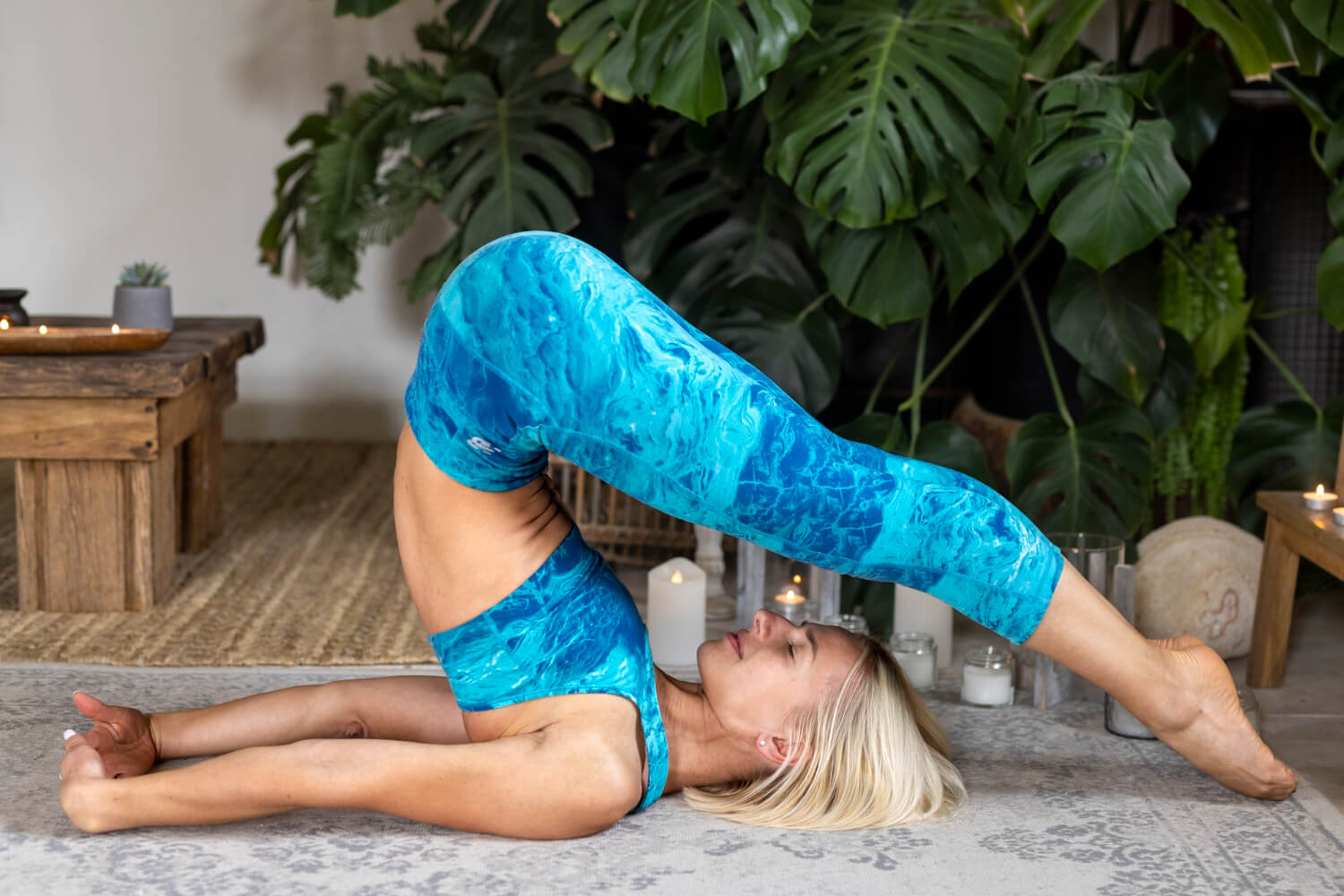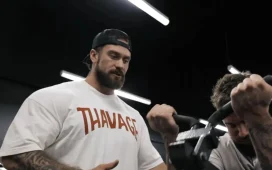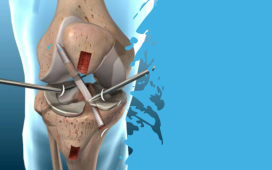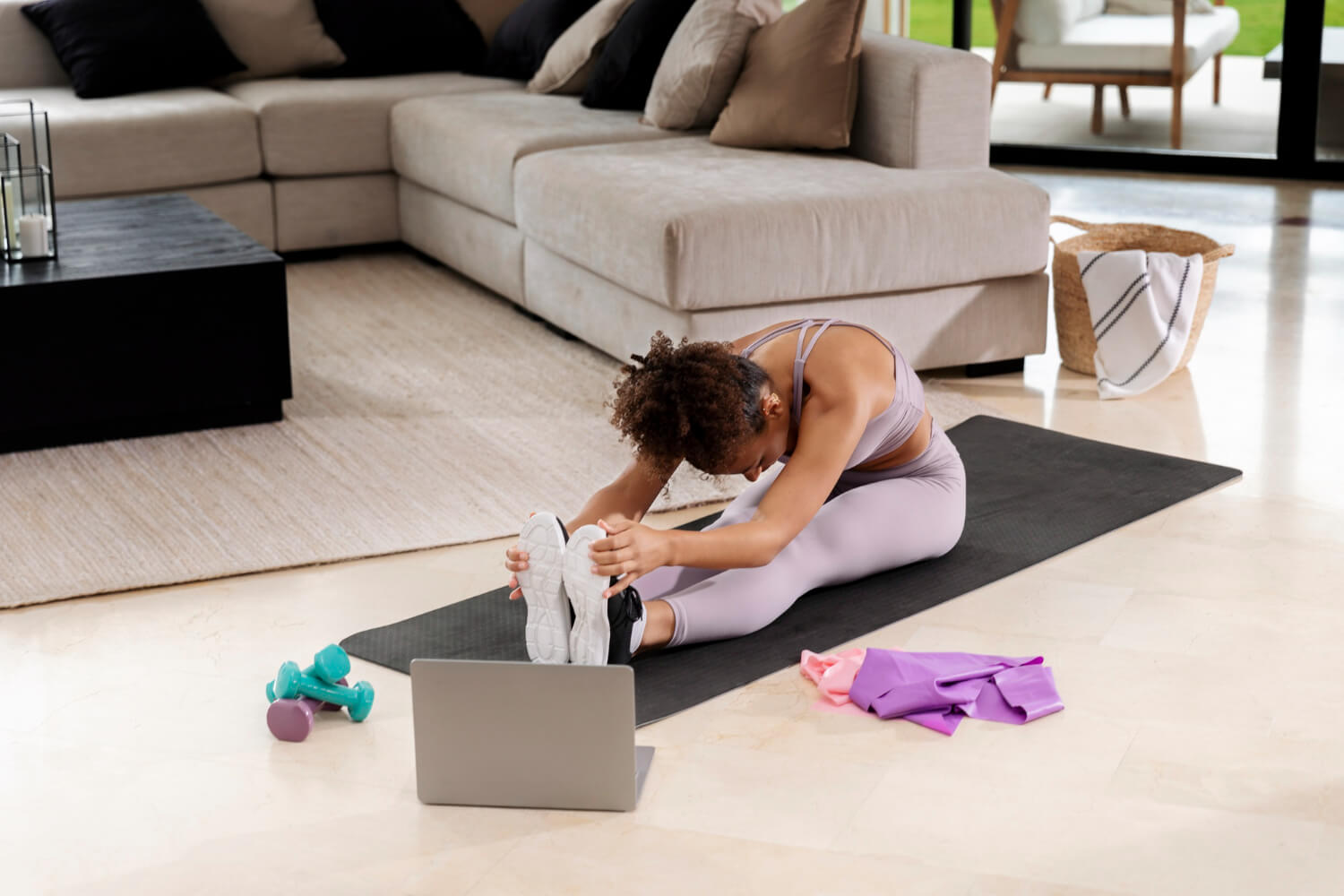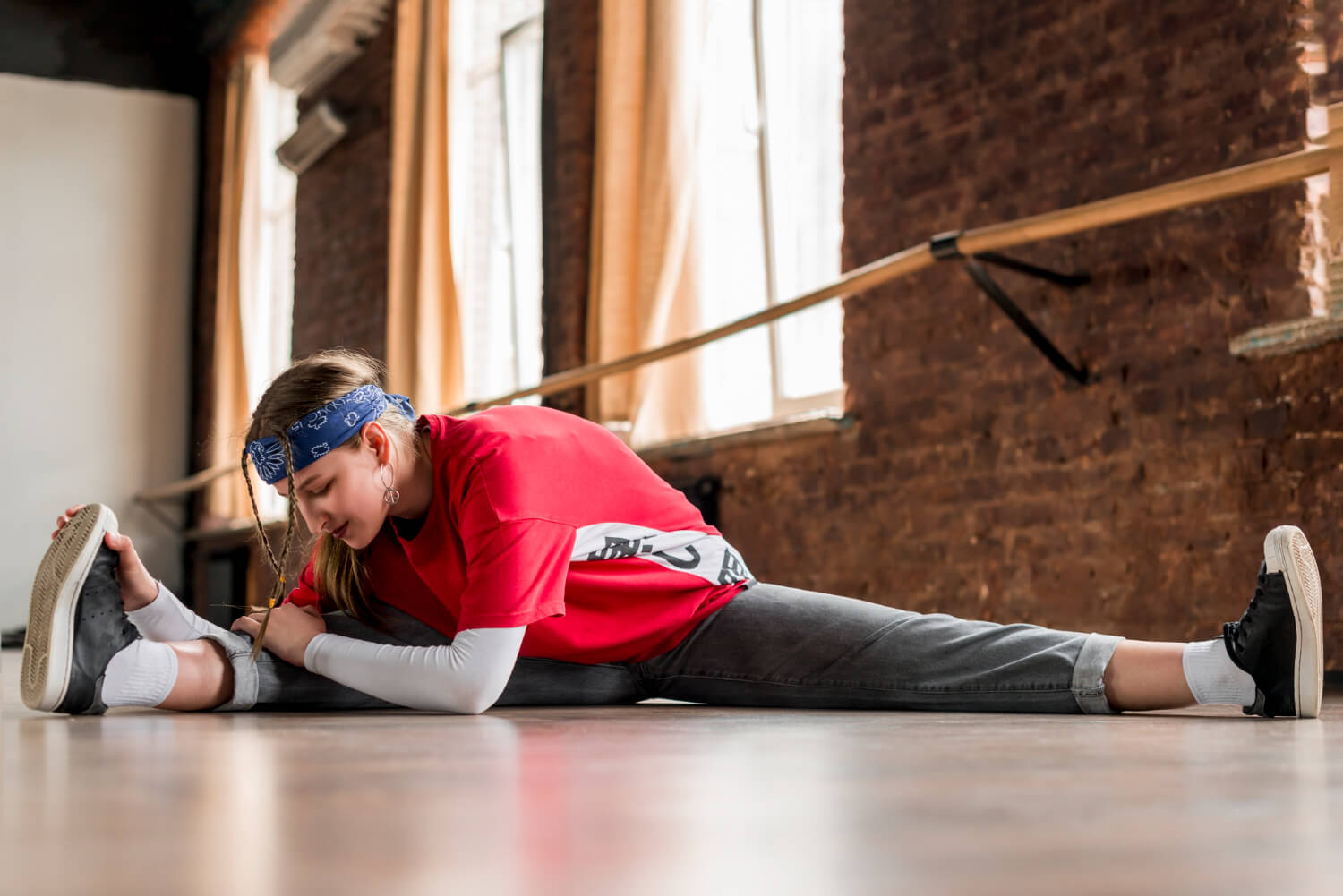Yoga is an ancient practice that has been revered for centuries for its numerous physical, mental, and emotional benefits. Whether you’re looking to improve flexibility, relieve stress, or simply explore a more mindful lifestyle, yoga is an excellent way to start. As a beginner, it can seem overwhelming with all the different types of poses and variations, but the beauty of yoga is that it’s accessible to everyone—no matter your age, fitness level, or experience.
To help you begin your journey, we’ve compiled 10 essential yoga poses that form the foundation of any practice. These poses will help you build strength, flexibility, and stability, and they can be easily modified to suit your needs. Remember, yoga is about progress, not perfection. Start slow, listen to your body, and enjoy the journey.
1. Mountain Pose (Tadasana)
Mountain Pose is the perfect starting point for any yoga practice. It may seem simple, but it’s incredibly effective in helping you build good posture and mindfulness.
How to do it:
- Stand with your feet together, heels slightly apart, and weight evenly distributed on both feet.
- Engage your thighs, lift your chest, and extend your arms down by your sides with palms facing forward.
- Relax your shoulders and lift the crown of your head toward the ceiling.
- Hold for several breaths, focusing on grounding your feet and elongating your spine.
Benefits: Improves posture, strengthens legs, and enhances body awareness.
2. Downward-Facing Dog (Adho Mukha Svanasana)
Downward-Facing Dog is one of the most well-known yoga poses and an excellent way to stretch and strengthen the body. It’s great for beginners to work on their alignment, flexibility, and balance.
How to do it:
- Start on all fours, with your hands directly under your shoulders and knees under your hips.
- Tuck your toes and slowly raise your hips toward the ceiling, forming an inverted V-shape with your body.
- Keep your hands and feet flat on the mat, and engage your core to avoid collapsing in your lower back.
- Press your chest toward your thighs to deepen the stretch.
Benefits: Stretches the back, hamstrings, and calves, strengthens arms and legs, and improves circulation.
3. Cat-Cow Pose (Marjaryasana-Bitilasana)
The Cat-Cow pose sequence is a great way to warm up the spine and prepare the body for deeper stretches. It also helps to cultivate mindfulness by connecting breath with movement.
How to do it:
- Start on your hands and knees, with wrists under your shoulders and knees under your hips.
- As you inhale, drop your belly towards the mat, lifting your chest and tailbone toward the ceiling (Cow Pose).
- As you exhale, round your back, tucking your chin to your chest and drawing your navel towards your spine (Cat Pose).
- Continue flowing between these two movements with each breath.
Benefits: Increases spinal flexibility, improves posture, and relieves tension in the back and neck.
4. Child’s Pose (Balasana)
Child’s Pose is a gentle, restorative pose that provides a sense of calm and relaxation. It’s a great pose to return to whenever you need a break during your practice.
How to do it:
- Start on your hands and knees, with your knees spread wide and big toes touching.
- Sit back onto your heels and stretch your arms out in front of you on the mat.
- Lower your forehead to the mat and focus on deep, slow breathing.
- Hold for several breaths, letting your body relax and release tension.
Benefits: Relieves stress, stretches the hips, thighs, and ankles, and promotes relaxation.
5. Warrior I (Virabhadrasana I)
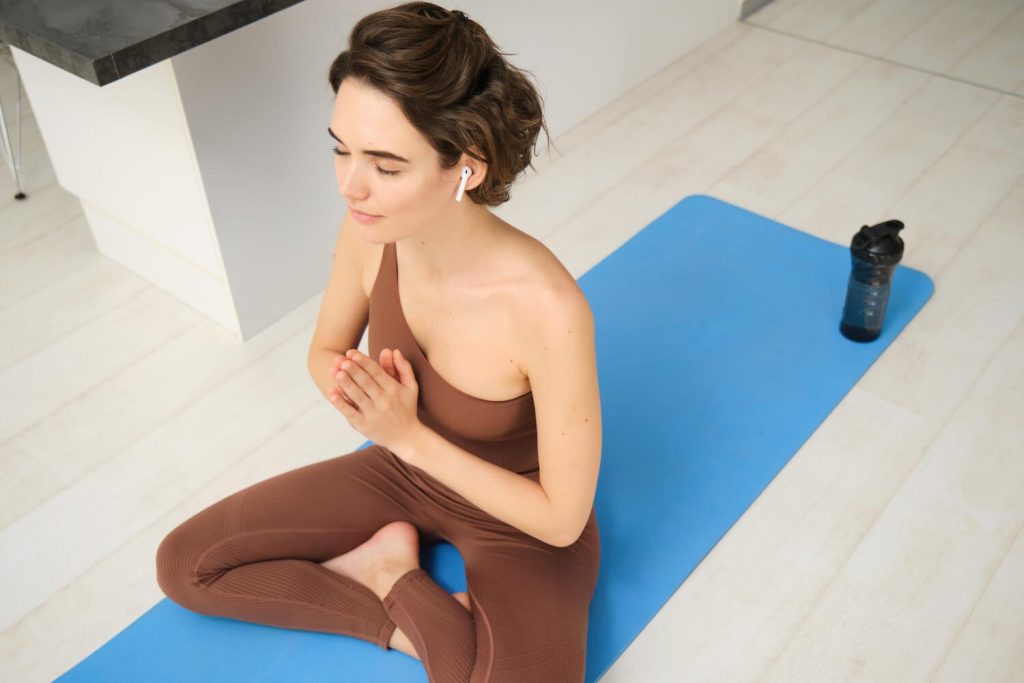
Warrior I is a powerful pose that strengthens the legs and arms, improves balance, and opens the chest and hips. It’s great for building confidence and stability.
How to do it:
- Start in a standing position, and step one foot back, keeping the front knee bent at a 90-degree angle.
- Align your hips forward and raise your arms overhead, keeping your shoulders relaxed.
- Press into the back foot to engage your legs and keep your core activated.
- Hold for a few breaths, then switch sides.
Benefits: Builds strength in the legs and core, improves balance, and opens the chest.
6. Warrior II (Virabhadrasana II)
Warrior II is a continuation of Warrior I, but with a slightly wider stance. It enhances strength and stability while improving flexibility in the hips and legs.
How to do it:
- From Warrior I, open your hips and shoulders to face the side, and extend your arms parallel to the floor.
- Keep your front knee bent and your back leg straight, with your gaze over your front hand.
- Hold the pose for several breaths, keeping your body engaged.
Benefits: Strengthens legs, improves stamina, and stretches the hips and shoulders.
7. Triangle Pose (Trikonasana)
Triangle Pose is a wonderful stretch for the legs, hips, and torso. It helps open up the chest and improve balance.
How to do it:
- Start in a standing position, and step your feet wide apart.
- Turn one foot out 90 degrees and the other foot slightly inward.
- Extend your arms out to the sides, and reach toward the front foot with your hand, lowering it to your shin, ankle, or the floor.
- Keep your chest open and look up at your top hand.
- Hold for a few breaths, then switch sides.
Benefits: Stretches the legs, hips, and torso, strengthens the legs, and improves balance.
8. Seated Forward Fold (Paschimottanasana)
The Seated Forward Fold is a deep stretch for the hamstrings and back. It’s a calming pose that can help release tension and improve flexibility.
How to do it:
- Sit on the mat with your legs extended straight in front of you.
- Inhale to lengthen your spine, and as you exhale, hinge forward at your hips, reaching your hands toward your feet.
- Keep your back long and avoid rounding your spine.
- Hold for a few breaths, deepening the stretch as you relax into the pose.
Benefits: Stretches the hamstrings, lower back, and calves, promotes relaxation, and calms the mind.
9. Bridge Pose (Setu Bandhasana)
Bridge Pose is a backbend that strengthens the glutes, legs, and lower back while stretching the chest and spine.
How to do it:
- Lie on your back with your knees bent and feet flat on the floor, hip-width apart.
- Press your feet into the mat and lift your hips toward the ceiling, keeping your shoulders and arms relaxed on the floor.
- Optionally, clasp your hands under your back for a deeper stretch.
- Hold for several breaths, then lower back down.
Benefits: Strengthens the glutes, lower back, and core, stretches the chest and spine.
10. Corpse Pose (Savasana)
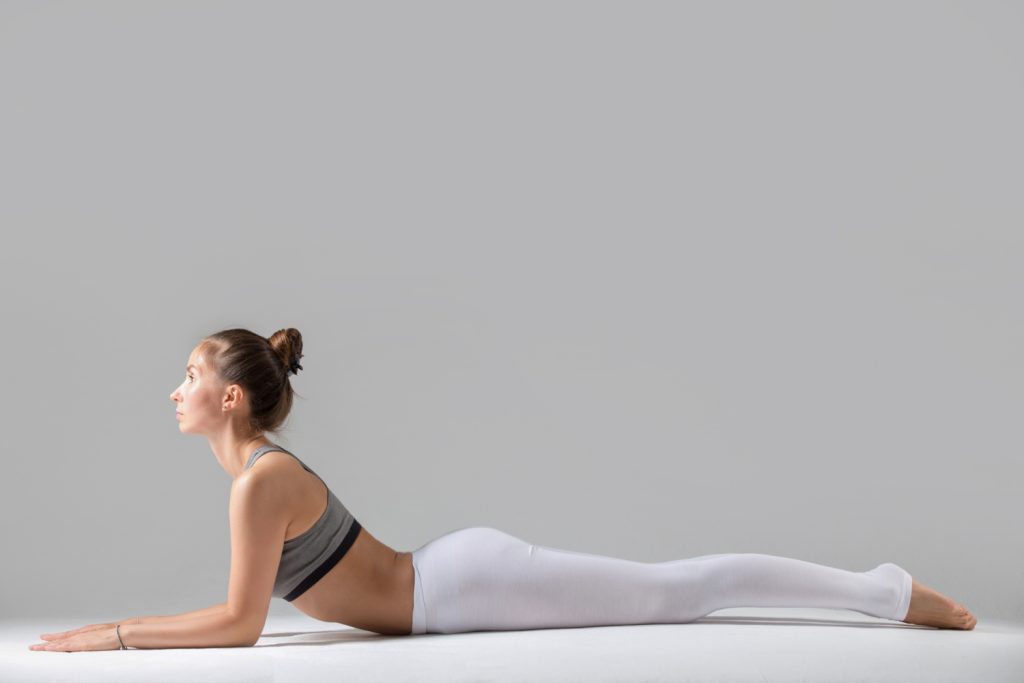
Savasana is the final resting pose in most yoga practices. It’s a moment of deep relaxation that allows your body to absorb the benefits of your practice.
How to do it:
- Lie flat on your back with your legs extended and arms by your sides, palms facing upward.
- Close your eyes and focus on your breath, letting go of any tension in the body.
- Stay here for 5-10 minutes, allowing yourself to relax completely.
Benefits: Relieves stress, reduces anxiety, and promotes deep relaxation.
Conclusion
Starting your yoga practice doesn’t have to be intimidating. With these 10 beginner-friendly poses, you’ll build a strong foundation for your practice and enjoy all the physical and mental benefits yoga has to offer. Remember, yoga is about being present and listening to your body. As you become more comfortable with these poses, you can begin exploring more advanced sequences. Most importantly, enjoy the journey and honor your body’s capabilities.

